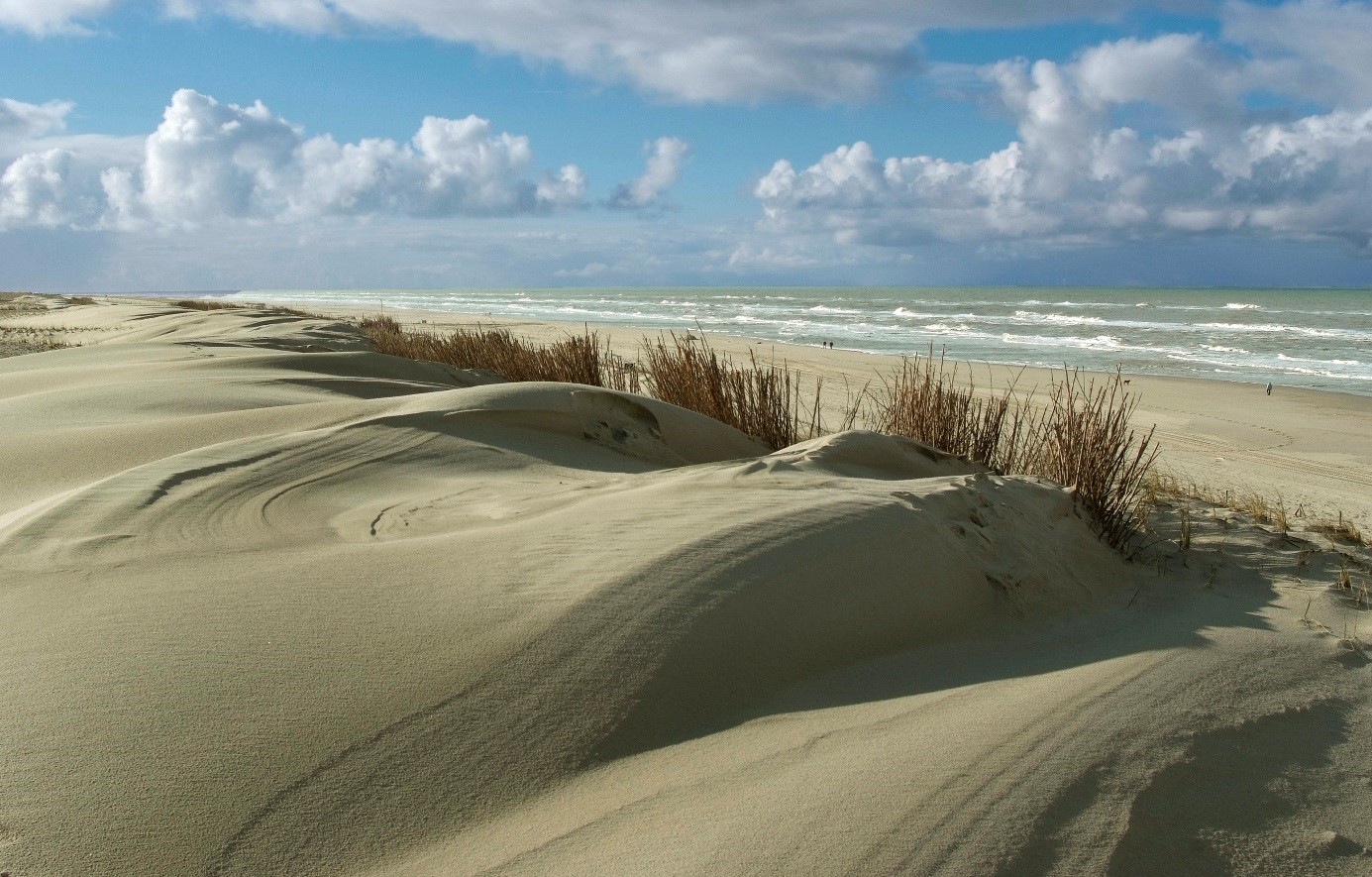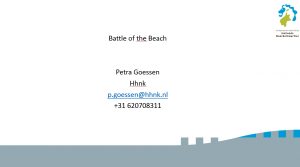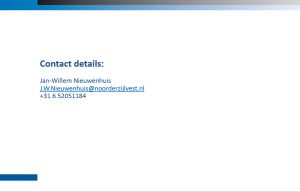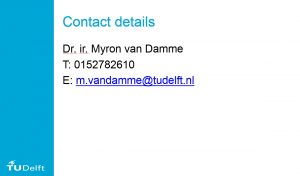Recorded webinar Young professionals challenge 2019
Have you missed the webinar? Watch the recorded webinar below!
Presentations Young professionals webinar 2019
Contact details:
[su_divider]
Young Professionals challenge 2019
Dear junior or senior colleague!
I am delighted to invite you to the Young Professionals challenge of this year. Of course, if you are not a young professional you are very welcome as well! We need all colleagues to get the most out of the discussions and ideas.
The kick off will be online on Monday evening 13 May, 20:00 hrs (Dutch time). You can register at;
https://app.livestorm.co/engagetv/kring-of-coastal-engineers-1
Make sure you register well in time, preferably days before, so you are logged in in time!
In the Netherlands we also organise a meet and greet on 4 June; 10:00 hrs in Amersfoort, Seats2Meet to get more information, to form teams and to discuss with colleagues. Please let me know by e-mail if you would like to join!
The participants are challenged to send in a video/pitch before 30 June. The winning team will be chosen during a webinar on 8 July at 20:00 hrs. Registration opens later.
Challenges you can choose from are;
 Battle of the beach indoors (By: Petra Goessen)
Battle of the beach indoors (By: Petra Goessen)
Encouraging young engineers has to start early, and children get excited about things they can touch and interact with. But how do we get a coastal flood defence into a classroom? There any many examples of physical models to simulate river flooding, but we’ve found none for costal models. This challenge is to design or even make a model that could be used in museums or classrooms to demonstrate why we need costal flood defences, different options that can be used, the challenges around them and more.
 Dikes and their erosion resistance (By: Myron van Damme)
Dikes and their erosion resistance (By: Myron van Damme)
When you were walking across a levee during high water levels, did you ever think: What would happen if the water levels would raise even further? Would I still feel safe if it did? The chance has come to address these questions and when successful you may even become involved in the experiments planned to answer them!
 Monitoring peat dikes in times of drought (By: Wouter Zomer)
Monitoring peat dikes in times of drought (By: Wouter Zomer)
In the west and central part of The Netherlands, in some parts of Germany, and UK peat dikes are a common phenomenon. Often these dikes are a remnant of peat excavations (fuel) in the past. Nowadays residential areas have been built in the excavated parts, protected by these peat dikes. These dikes however tend to be highly sensitive to prolonged periods of draught. As there are many hundreds of kilometers of these dikes, efficient measuring and monitoring is needed for water authorities to be able to know where to act and how in dry periods.
 How to bring historic info into the future? (By: Jan Willem Nieuwenhuis)
How to bring historic info into the future? (By: Jan Willem Nieuwenhuis)
During time, characteristics of materials change in value. For example; compaction rate or the amount of salt or vegetation might change in time giving other features of the material, either causing devaluation or improvement. This can be caused by internal processes of the dike, but also by weather conditions. How can we measure and detect these developments? What might have caused these changes? And, most importantly, how can we use this insights for future dikes?
I look forward to meeting you during the online webinar on 13 May or live on 4 June in Amersfoort!
Warm regards,
Petra Goessen
Chair of Coastal Engineers
[su_divider top="yes" text="Go to top" style="default" divider_color="#999999" link_color="#999999" size="3" margin="15" class=""]





